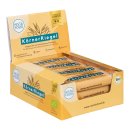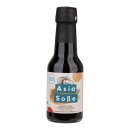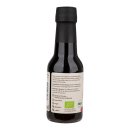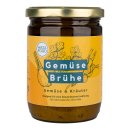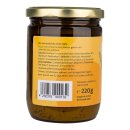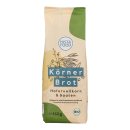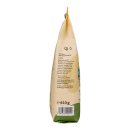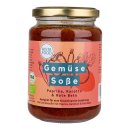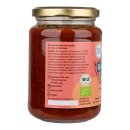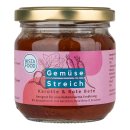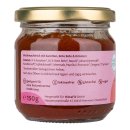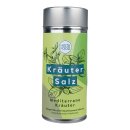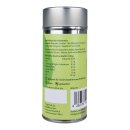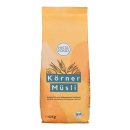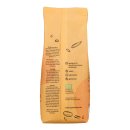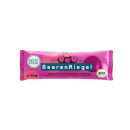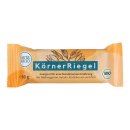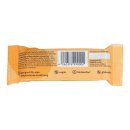Low Histamin
Low histamine diet
Histamine is a biogenic amine that occurs naturally in our body (mast cells) and is responsible for many important processes. In addition, we absorb it every day through our food - and in varying concentrations. Foods rich in histamine are, for example, red wine, Parmesan cheese or tuna. Foods low in histamine are, for example, apples, spelt pasta or peppers. A more detailed low and high histamine food list from A-Z can be found below. With a healthy metabolism, histamine-rich foods are broken down without any problems and you usually don't notice anything. With a disturbed metabolism of histamine, this substance is unfortunately not broken down without problems.
What you should know about histamine in foods
The content of histamine within a food can fluctuate. This is because the longer a food is stored, the more histamine is formed in it. This is due to histamine-forming bacteria found on foods. Such bacteria form much more quickly on foods that contain animal proteins. But they can also be found on fruits and vegetables. So a harmless low-histamine apple can turn into a real histamine bomb. And a young Gouda that has only been ripened for a few weeks will be more tolerable than Parmesan or blue cheese, for example. For this reason, all foods that are preserved (e.g. pickled cucumbers), fermented (e.g. sauerkraut) or matured for a long time (e.g. cheese or ham) should be avoided. So, the fresher a food is, the less histamine it usually contains. Histamine-free foods There is virtually no such thing as histamine-free! That's why we talk about low-histamine foods, which always depend on your individual tolerance level. In the following we have an overview of low and high histamine foods for you.
 Europe (NON EU) / UK
Europe (NON EU) / UK USA
USA  European Union (EU)
European Union (EU)  Canada / Rest of World
Canada / Rest of World 
